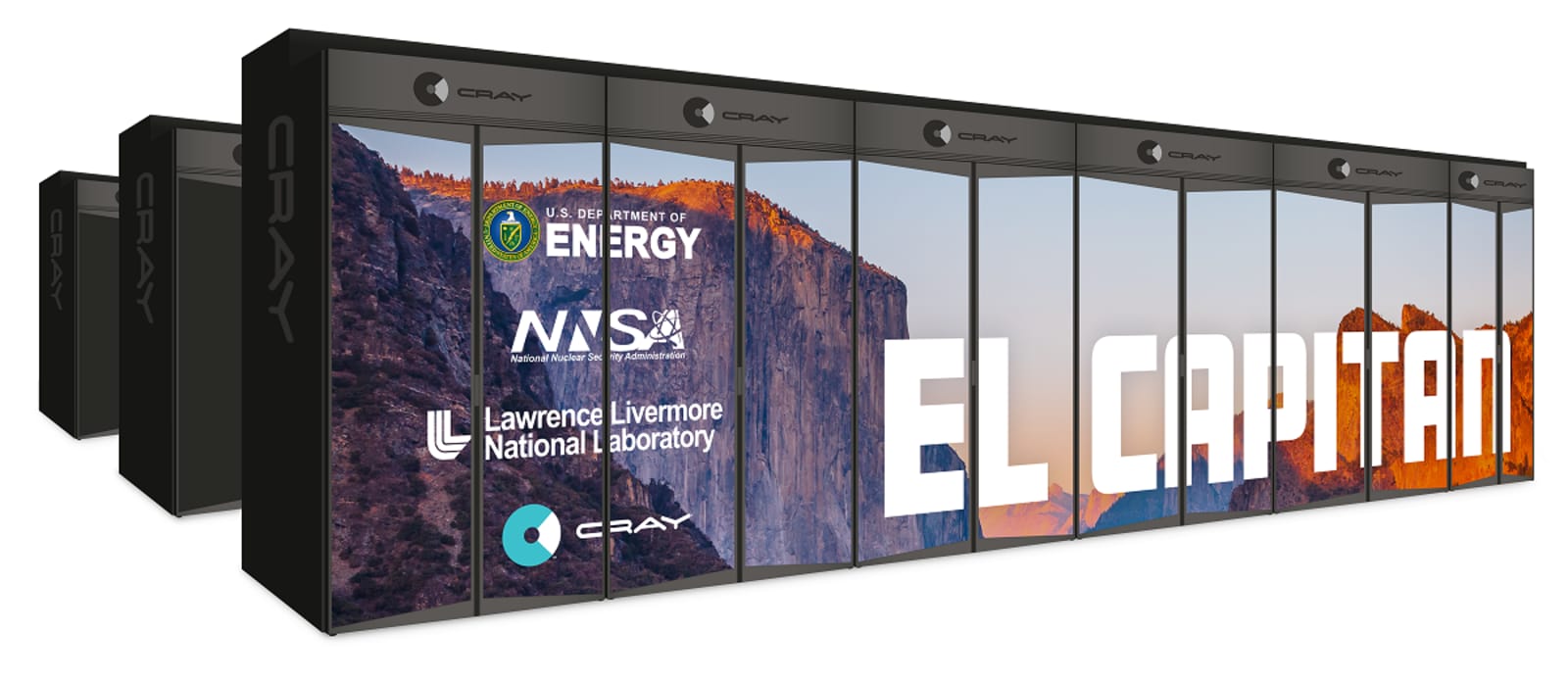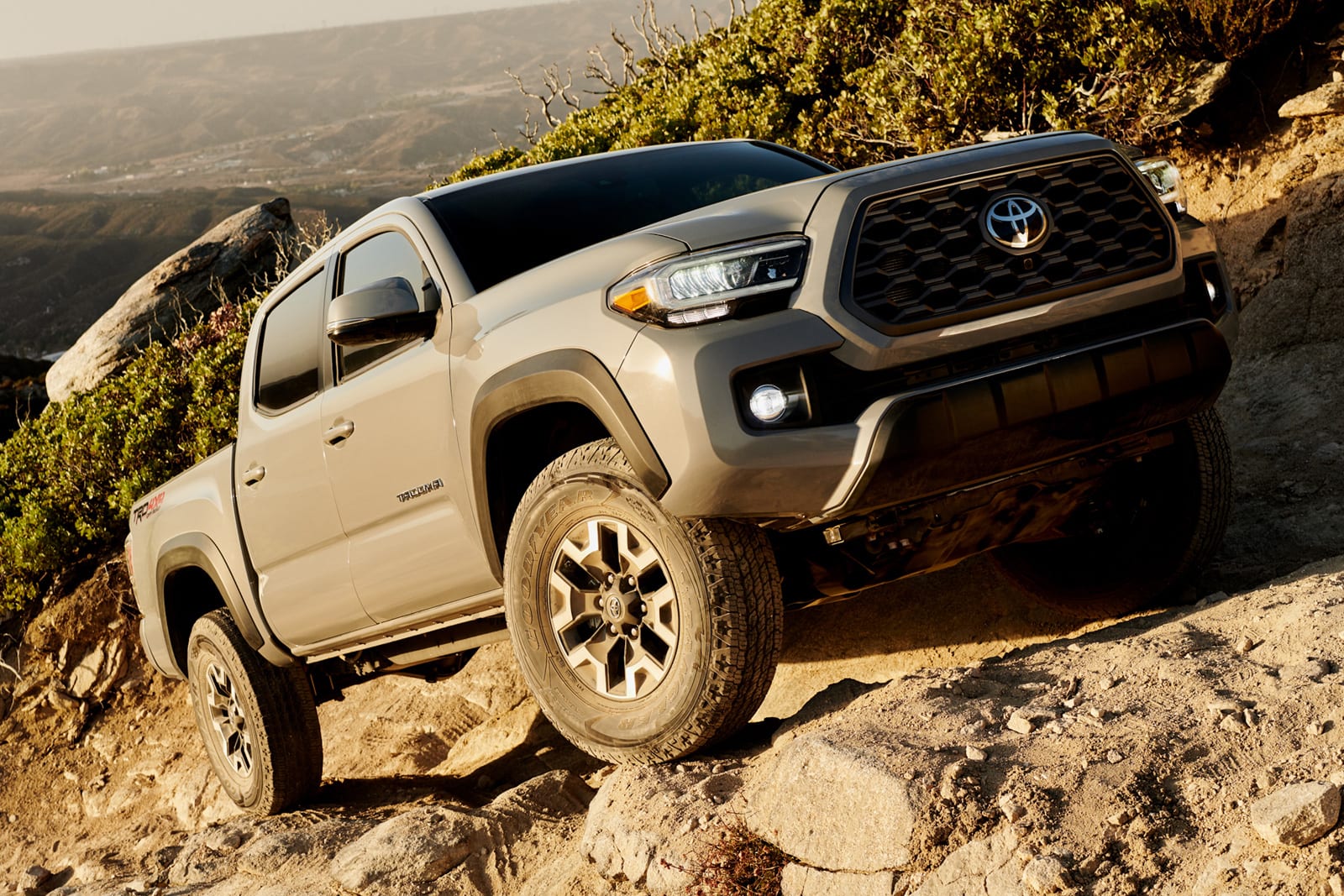
In short order, the Sequoia supercomputer and its 1.57 million processing cores will transition to a life of top-secret analysis at the National Nuclear Security Administration, but until that day comes, researchers are currently working to ensure its seamless operation. Most recently, a team from Stanford took the helm of Sequoia to run computational fluid dynamics simulations -- a process that requires a finely tuned balance of computation, memory and communication components -- in order to better understand engine noise from supersonic jets. As an encouraging sign, the team was able to successfully push the CFD simulation beyond 1 million cores, which is a first of its kind and bodes very well for the scalability of the system. This and other tests are currently being performed on Sequoia as part of its "shakeout" period, which allows its caretakers to better understand the capabilities of the IBM BlueGene/Q computer. Should all go well, Sequoia is scheduled to begin a life of government work in March. In the meantime, you'll find a couple views of the setup after the break.


Filed under: Science
Comments
Via: TechCrunch, EurekAlert
Source: Stanford
 Supercomputers are used for everything from mapping weather patterns to developing medicine –- now, they're looking after the nation's nuclear stockpile. The US Department of Energy (DOE) and National Nuclear Security Administration (NNSA) have...
Supercomputers are used for everything from mapping weather patterns to developing medicine –- now, they're looking after the nation's nuclear stockpile. The US Department of Energy (DOE) and National Nuclear Security Administration (NNSA) have...
 Supercomputers are used for everything from mapping weather patterns to developing medicine –- now, they're looking after the nation's nuclear stockpile. The US Department of Energy (DOE) and National Nuclear Security Administration (NNSA) have...
Supercomputers are used for everything from mapping weather patterns to developing medicine –- now, they're looking after the nation's nuclear stockpile. The US Department of Energy (DOE) and National Nuclear Security Administration (NNSA) have...
 Toyota dragged its heels on smartphone integration for years, but it's making up for that in style. The automaker is introducing Android Auto and Apple CarPlay support to its 2020 trucks and SUVs, including the Tacoma (above), Tundra, 4Runner and Se...
Toyota dragged its heels on smartphone integration for years, but it's making up for that in style. The automaker is introducing Android Auto and Apple CarPlay support to its 2020 trucks and SUVs, including the Tacoma (above), Tundra, 4Runner and Se...












